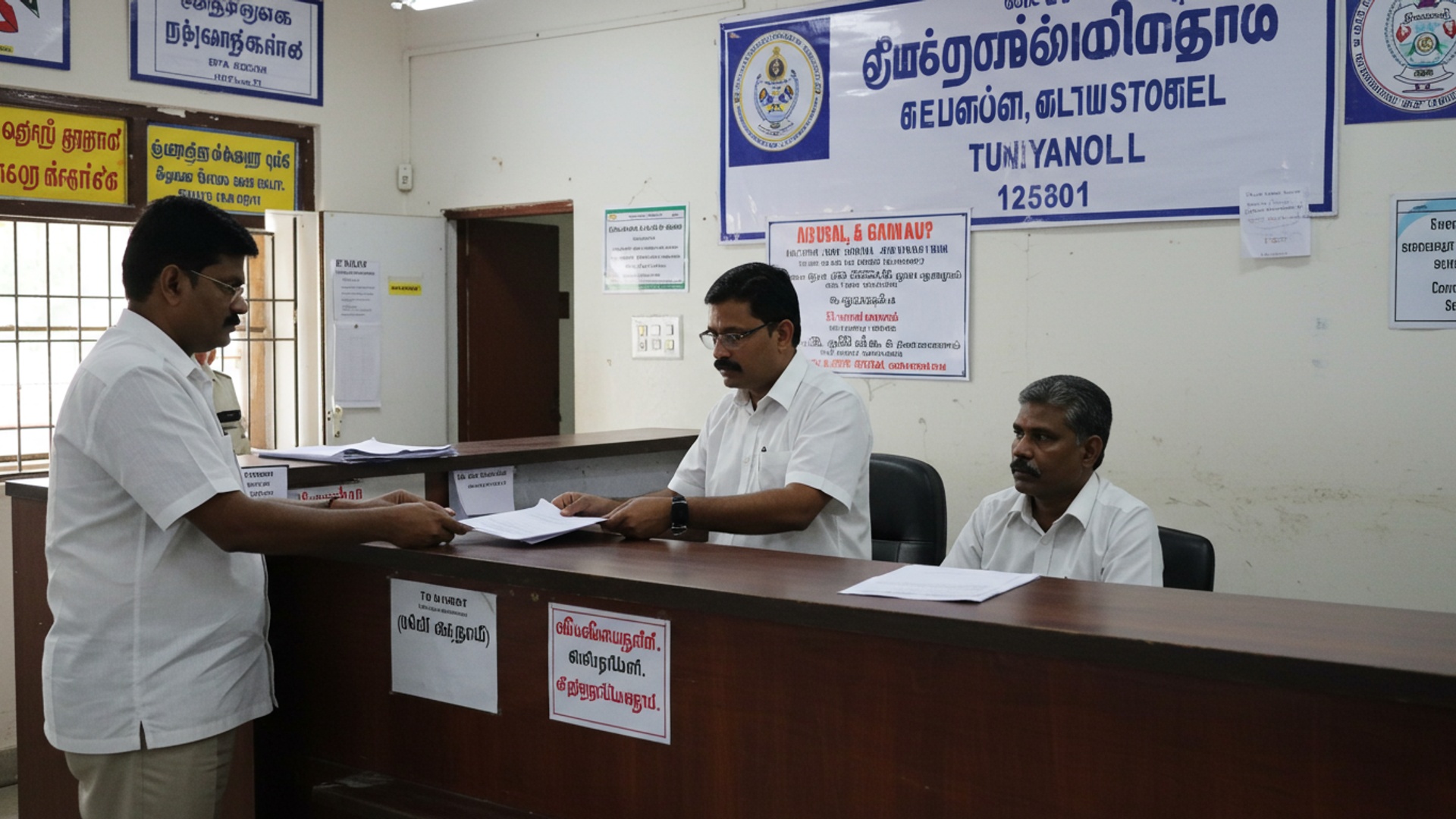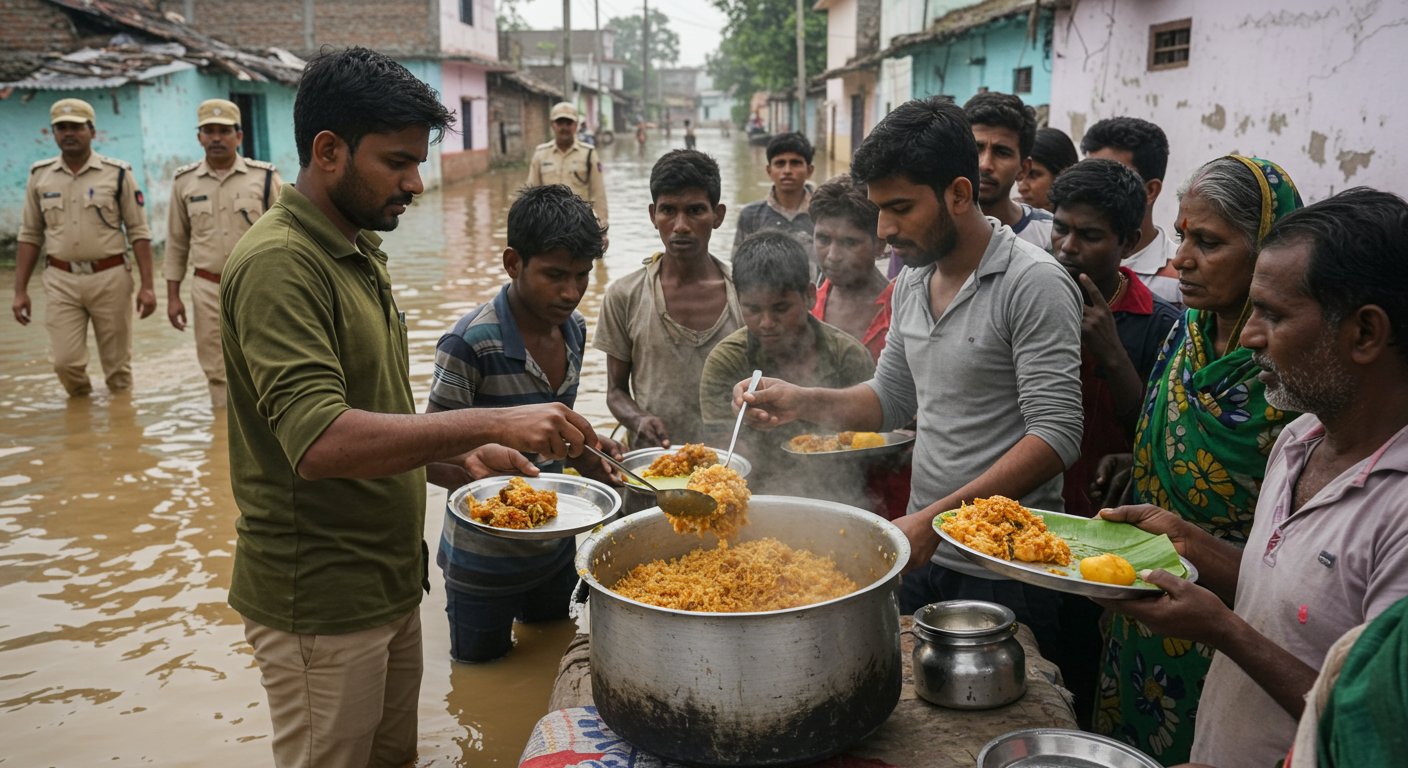New Rules Start for Birth and Death Records New rules for recording births and deaths are now active across the country, starting today. The government put these clear and simple steps in place to make sure every birth and death is noted correctly and fast. This big change comes after many people faced problems with old systems, leading to delays and wrong records for years. The fresh rules aim to give a better way to get vital papers, like birth and death papers. will help stop fake identity issues. These updates bring big changes for all people, needing everyone to follow the new process quickly and carefully to ensure proper records for the future.
New Rules to Make Life Event Recording Easier and More Exact
New rules for registering births and deaths have now taken effect. These changes are meant to make sure that these crucial life events are recorded more simply and with greater accuracy. The government says the updated system will help citizens get services more easily and improve how public plans are made. This move reflects a broader effort to use modern tools for public administration. The new regulations aim to fix some long-standing problems with the old system, which often led to delays, mistakes. incomplete records. For a long time, manual processes caused issues like errors, missing data. slow service. This meant many people had to use age statements instead of official birth papers, which could be faked. The changes are part of a bigger plan to make sure everyone has a legal identity from birth, which is key for accessing services like health and education.
Why These Changes Are Happening
The main reason for these new rules is to improve how we keep track of people’s lives. Accurate records of births and deaths are vital for many parts of society. They help the government grasp how the population is changing, identify areas that need more help. make sure resources are given out fairly. Without correct details, it’s hard for officials to plan for schools, hospitals. other basic needs. For example, knowing the causes of death helps health experts pinpoint diseases and injuries that are cutting lives short, allowing them to plan ways to prevent future problems. The previous system faced many issues. It was often hard for people to register births and deaths because of costs, long distances to offices. a lack of understanding about why registration is essential. Some records were also on old paper forms, which could get damaged or lost over time, making it hard to find or check insights. These new rules are designed to overcome such barriers, making the process smoother and more reliable for everyone.
What the New Rules Mean for People
One of the biggest changes is the move towards digital records. Now, people can often register and get their certificates online, which will cut down on long waiting times and make the process much faster. This means less stress for families during vital times. Digital birth papers will also make it easier for people to prove who they are online, from anywhere, in a secure way. This is essential for things like applying for passports, getting a driver’s license, or enrolling children in school. The new rules also aim to handle special cases better, such as children who are adopted, orphaned, or born to single parents. This makes sure that more people are included in the official records. Having a digital record can also help people whose paper documents might be lost or destroyed, for example, during a natural disaster. Here are some key changes citizens can expect:
- Faster service for getting birth and death certificates.
- Ability to register and receive certificates online.
- Improved clarity for registering special family situations.
- Digital certificates making identity checks quicker and safer.
How the System Will Work Now
The new system relies heavily on technology to make registration more efficient. It sets up a main database for birth and death records, which will help keep insights correct and up-to-date. This central system can also update other essential public records like national population lists and property details. Hospitals and medical centers will now be required to give a copy of all death certificates, including the cause of death, to the local registrar, not just to the family. This step is crucial for getting better public health data. The system aims to reduce human errors by using automated ways to enter and check data. This will make the overall quality of collected details much better. Here is a simple look at the improved process:
| Old Way | New Way |
|---|---|
| Mostly paper-based registration | Digital registration with online access |
| Possible delays and many visits to offices | Faster processing and reduced waiting times |
| Records kept in local offices, sometimes hard to share | Centralized database for easier data sharing |
| Less clear rules for special cases | Updated rules to include more special situations |
What People are Saying
Government officials and experts believe these changes are a big step forward. They point out that a strong registration system is key for public health, the economy, giving out public services. ensuring human dignity. Without proper records, people may not be able to fully use their rights or take part in public life.
“These new rules are more than just changes to papers; they show our strong effort towards using digital tools, being kind to the environment. making sure everyone is included,” a government spokesperson said. “We are setting a good example for others to follow, proving that technology and sustainability can work together for the good of all people.”
But, some people have voiced concerns. There are worries that making birth certificates a must-have document for almost everything might go against rights like the right to education, especially if someone does not have a birth paper. There are also questions about privacy with so much data being collected and used. Critics also say that digital certificates might leave out people who do not have access to computers or the internet, creating new unfair gaps in getting services. The government has said it is working to find a balance between using technology for better service and protecting people’s rights. They are also looking at how to make sure that people who do not have easy access to digital tools can still register.
Looking Ahead
The new regulations are expected to bring many long-term benefits. By having more complete and accurate data on births and deaths, the government will be better able to plan for the future. This includes knowing how many schools or hospitals are needed, how many jobs to create. where to focus health efforts. The ability to track population changes and health trends accurately will lead to more effective public services. These changes are also part of a global push to improve civil registration systems worldwide. Many international groups see universal birth and death registration as vital for human rights and for achieving global goals related to health and fair treatment for all people. The use of digital technology in this area is seen as a way to make sure that every birth and death is counted, leaving no one behind. ![]()










